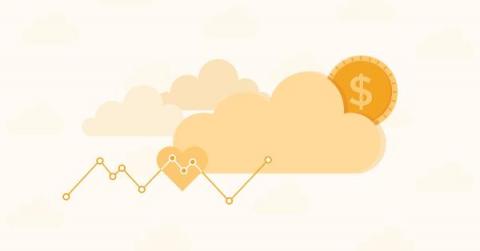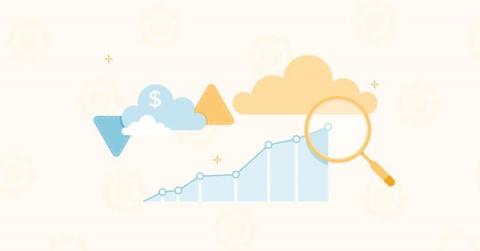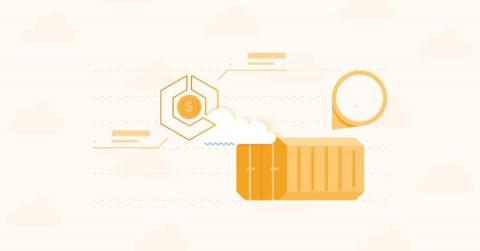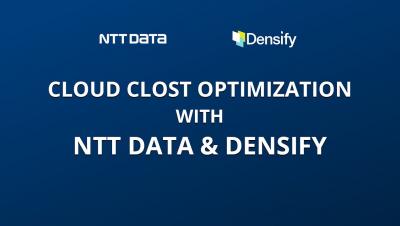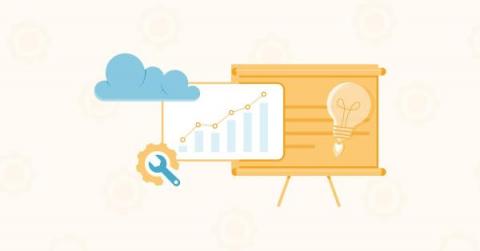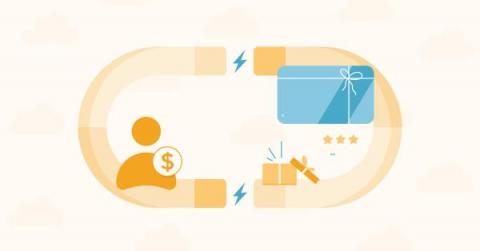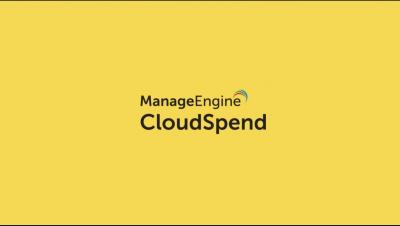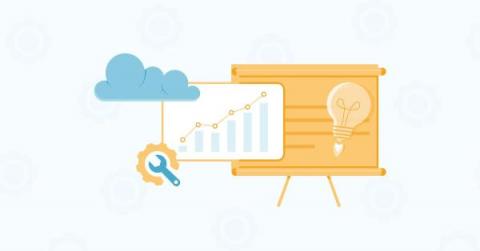How We Used CloudZero To Find $1.7M Of Annualized Cloud Savings
It all started with a simple Slack message. If you need a refresher, gross margin is a business metric that calculates what percentage of revenue you take home as profit. To calculate it, you subtract your costs (often abbreviated as COGS, short for costs of goods sold) from your revenue and divide it by your total revenue, et voilà, gross margin. So, if your annual revenue is $10M and your COGS are $3M, your gross margin is 70%. Gross margin plays an integral role in SaaS company valuations.


